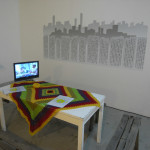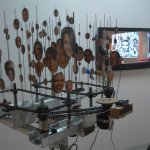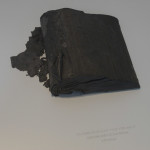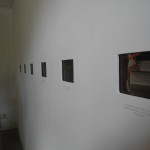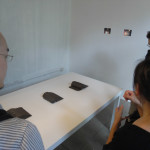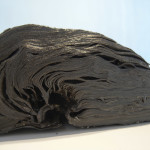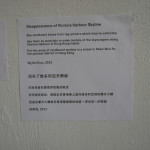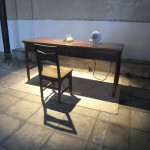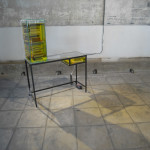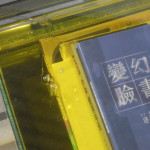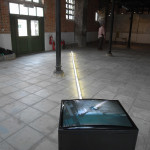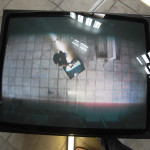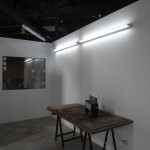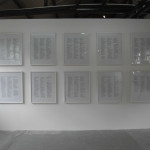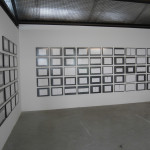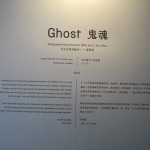1a Art Space, Hong Kong
May 17, 2013 – Jun 30, 2013
The “I Think It Rains” group show at the 1a Art Space at the Cattle Depot Artist Village in Hong Kong drew from two sources: On one end, it was a project of the private Burger Collection – a project which I perceive as an outreach effort to promote the collection while making sense of it and putting it in a broader context, securing its spot in the art world beyond the confines of a private art warehouse. On the other end, the project tried to reach out to artists active in Hong Kong and involve them in the curatorial aspects of the show (discussions preceding the actual show) as well as giving them space to show their works in juxtaposition with artworks from the Burger collection.
Overall the show came across as rather ‘conceptual’, which is a flavor that I personally enjoy. The exhibition space at the Cattle Depot was quite fragmented and artworks were tucked into rooms here and there. But this setup of the show worked well with the kind of artworks on display – usually artworks were small to medium size, so putting them in a room-size space was very appropriate. This fact was also proven by the in my opinion least successful part of the installation in the central, largest exhibition room. The artworks-objects seemed lost in the large space.
The conceptual-intellectual approach of curator Daniel Kurjakovic was stressed by omnipresent files with ‘background materials’ for each of the Hong Kong based artist’s artworks. This feature followed one of the officially announced intentions of the show – focusing on artistic practice itself. The ‘background materials’ were always placed in another room then the actual artwork. I quite liked this idea, because it played with the visitor’s memory and attention, forcing him to think back and forward in time while traveling through the rooms of the exhibition.
There was quite a large amount of artworks referring to the idea of a book, a library, etc – works connected with notions of preservation of ideas, reading and memory. I suspect this may a bit of Kurjakovic’s professional bias in shaping the show (and the Burger collection). But the atmosphere in Hong Kong may have something to do with it as well, as a kind of counter-reaction to the omnipresence of memory-lacking commercial activity.
I felt the show was meaningful. It was constructed of numerous overlaid narratives, from talking about artistic practice, to the notions of history and remembering. It was sensitive to the place where it was taking place, both in a narrow sense (Cattle Depot) as well as a in a wider sense (Hong Kong).
